Eyeball Inlet
A swimming pool eyeball-inlet is a crucial component of pool circulation systems, designed to direct and control the flow of water into the pool. This detailed description will explore its design, materials, applications, installation methods, advantages, and considerations for optimal use in residential, commercial, and institutional swimming pools.
Design and Functionality
The eyeball-inlet in a swimming pool serves several key functions essential for pool operation and maintenance:
- Flow Direction Control: The eyeball inlet is designed with a movable eyeball or nozzle that can be rotated to control the direction of water flow. This allows pool operators to adjust flow patterns for optimal water circulation and distribution of chemicals.
- Water Circulation: By directing water from the pool’s filtration and circulation system, the eyeball inlet promotes even distribution of filtered water throughout the pool. This helps maintain water clarity and hygiene by distributing treated water evenly.
- Aesthetic Considerations: Eyeball inlets are often designed with aesthetics in mind, offering various finishes and styles to complement the pool’s overall design and architecture.
Materials
Eyeball inlets are typically constructed from durable and corrosion-resistant materials suitable for pool environments:
- ABS (Acrylonitrile Butadiene Styrene): A common choice due to its strength, impact resistance, and resistance to pool chemicals and UV exposure.
- PVC (Polyvinyl Chloride): Known for its durability and chemical resistance, PVC is another suitable material for eyeball inlets.
- Stainless Steel: Offers superior strength and corrosion resistance, making it ideal for high-traffic or commercial pool environments.
Components
An eyeball inlet typically consists of the following components:
- Eyeball Nozzle: The movable part of the inlet that directs water flow. It can be adjusted to control the direction and intensity of water circulation.
- Faceplate: The outer cover that mounts flush against the pool wall, securing the inlet assembly in place and providing a finished appearance.
- Threaded Fitting: Allows the inlet to be securely attached to the pool’s plumbing system, typically with a threaded connection for ease of installation and maintenance.
Installation Methods
Installing an eyeball inlet involves several steps to ensure proper function and alignment with the pool’s circulation system:
- Location Selection: Choose strategic locations along the pool walls for optimal water circulation and coverage. Multiple inlets may be installed depending on the pool size and shape.
- Cutting Holes: Cut holes in the pool wall to accommodate the inlet assembly, ensuring precise measurements to avoid leaks and ensure a snug fit.
- Mounting Eyeball Inlet: Attach the threaded fitting of the eyeball inlet to the pool’s plumbing system using PVC cement or thread sealant, depending on the material.
- Securing Faceplate: Secure the faceplate of the eyeball inlet against the pool wall, ensuring a watertight seal to prevent leaks.
- Testing: Conduct a pressure test to verify the integrity of the installation and ensure there are no leaks or issues with water flow.
Advantages
Eyeball inlets offer several advantages that contribute to efficient pool operation and maintenance:
- Customizable Flow: The adjustable eyeball nozzle allows for precise control over water flow direction and intensity, optimizing water circulation and filtration.
- Enhanced Aesthetics: Available in various colors and finishes, eyeball inlets can enhance the overall appearance of the pool while blending with the pool’s design.
- Durable Construction: Made from durable materials resistant to corrosion, UV exposure, and pool chemicals, ensuring long-term reliability and minimal maintenance.
- Effective Water Distribution: Promotes even distribution of treated water throughout the pool, maintaining water clarity and hygiene.
Considerations
To ensure optimal performance and longevity of eyeball inlets, consider the following factors:
- Maintenance: Regularly clean and inspect eyeball inlets to remove debris and ensure smooth operation of the adjustable nozzle.
- Compatibility: Ensure the eyeball inlet is compatible with the pool’s filtration and circulation system, including pipe size and flow rates.
- Safety Standards: Install eyeball inlets in compliance with safety standards and regulations to prevent entrapment and ensure safe pool operation.
Conclusion
In conclusion, the eyeball inlet is a vital component of swimming pool circulation systems, responsible for directing and controlling water flow to promote efficient filtration, circulation, and water distribution. Its design, materials, applications, installation methods, advantages, and considerations collectively contribute to its functionality and importance in maintaining a safe and enjoyable swimming environment. By understanding its role and selecting the appropriate type and material based on specific pool requirements, pool operators and builders can ensure efficient, reliable, and safe operation of swimming pools in residential, commercial, and institutional settings.



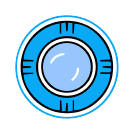

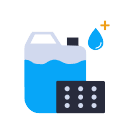
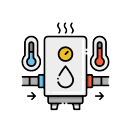





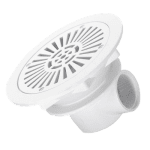





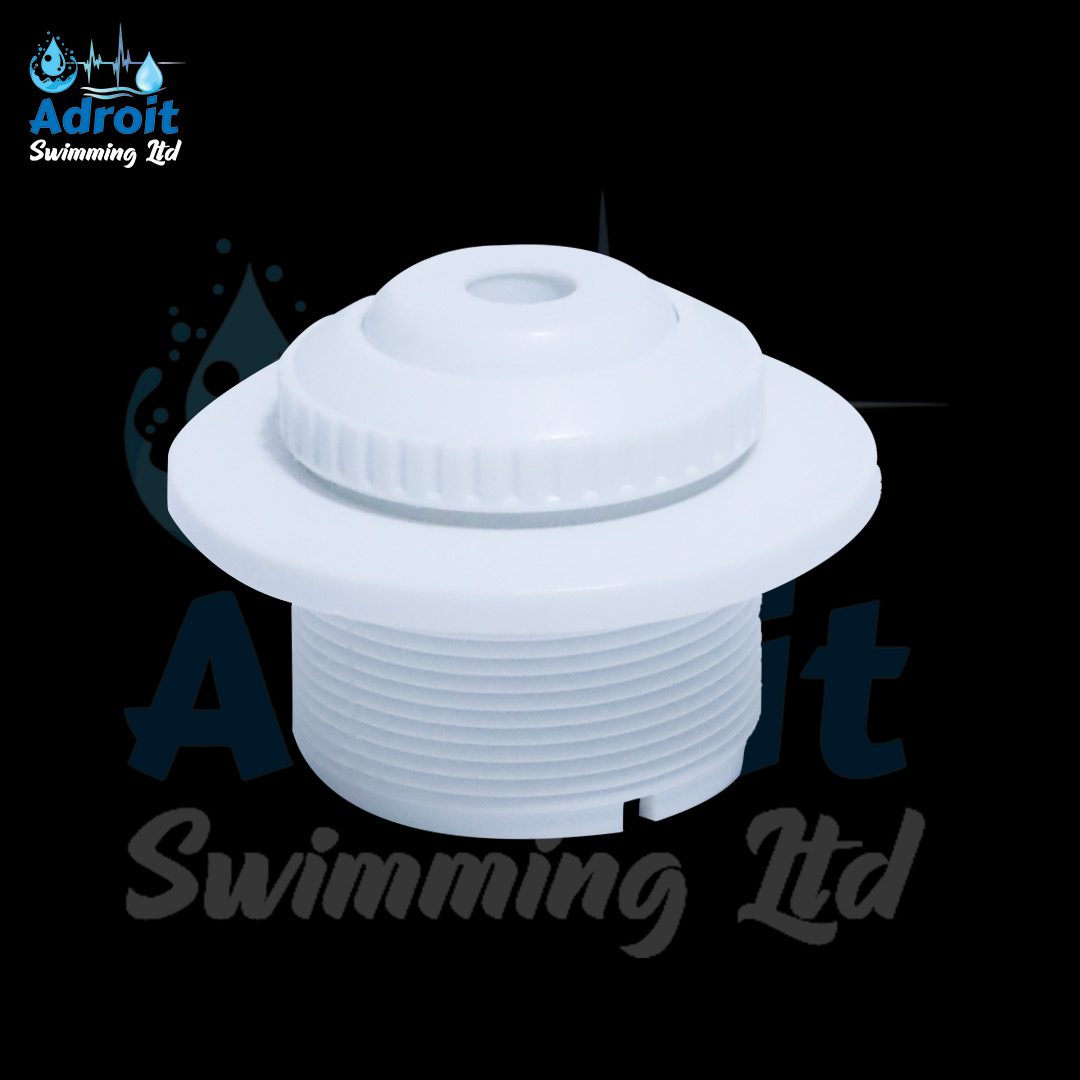

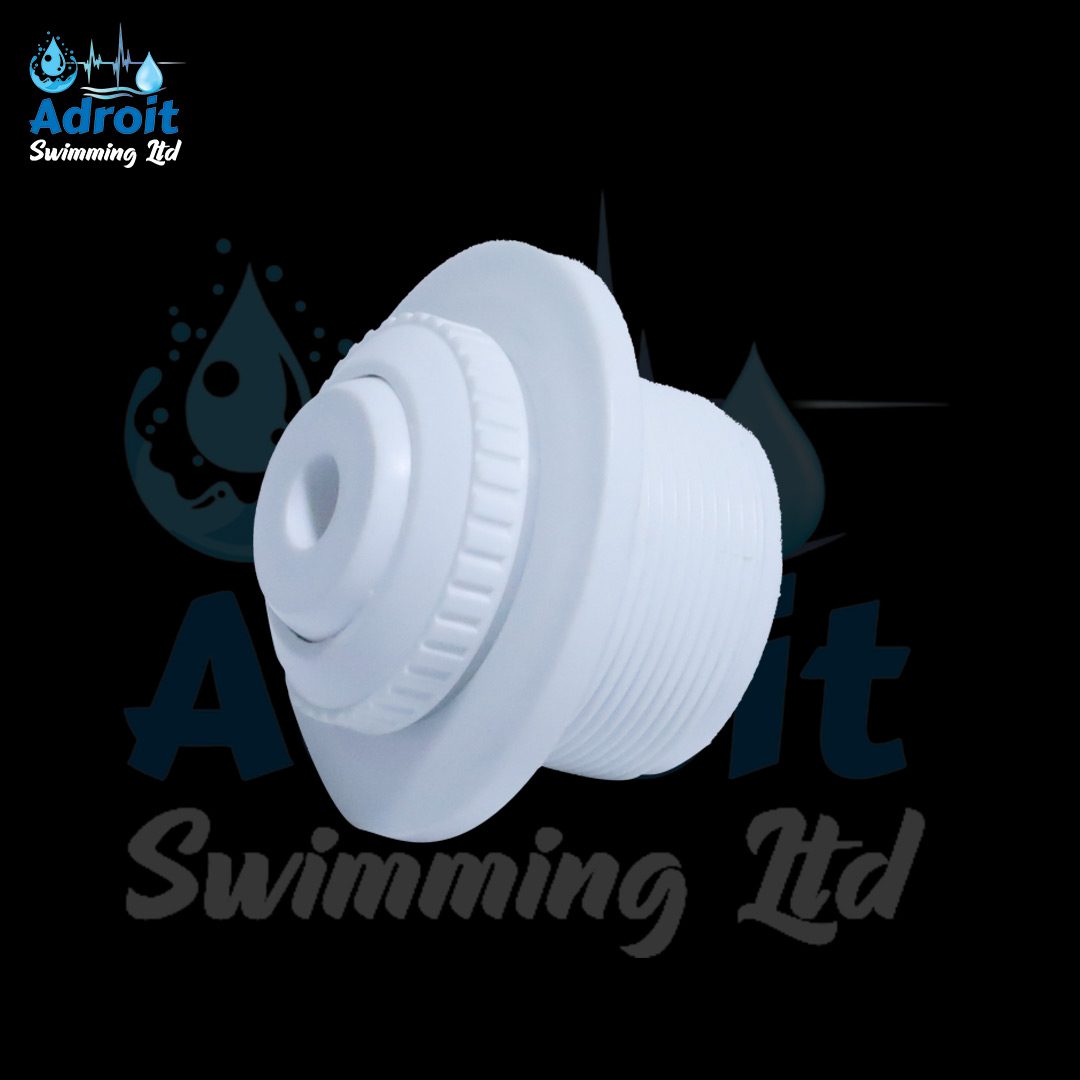

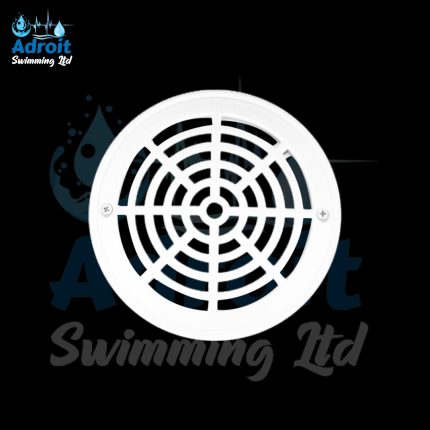

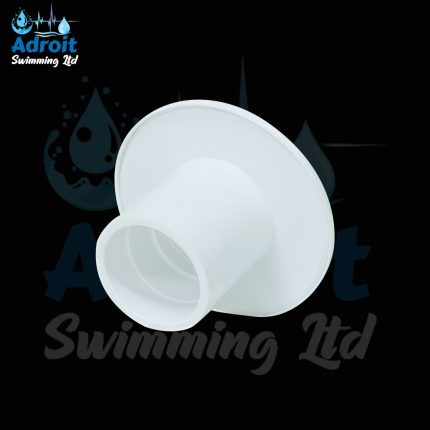
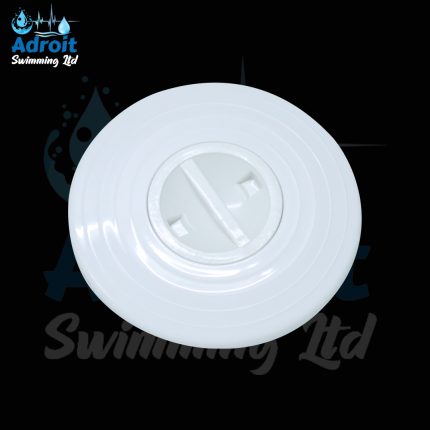
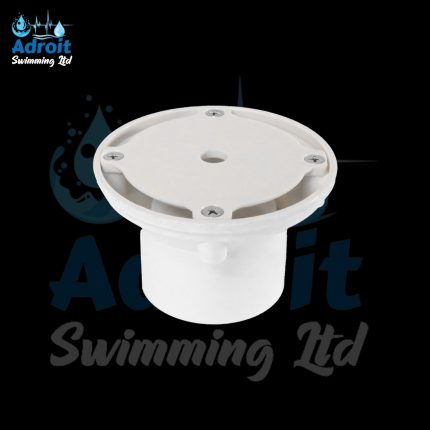
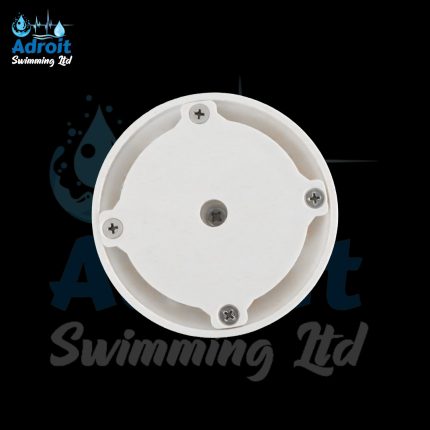


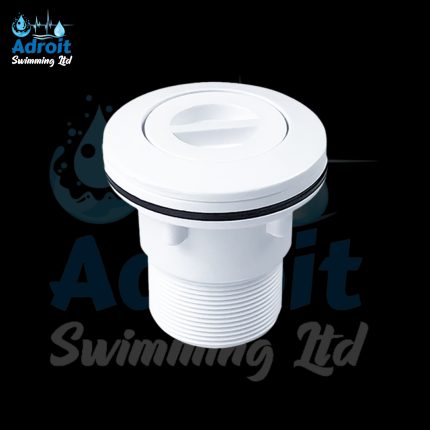
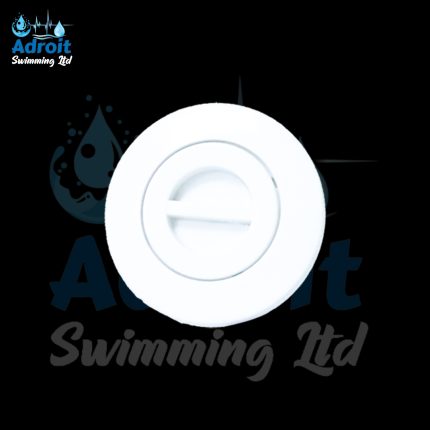
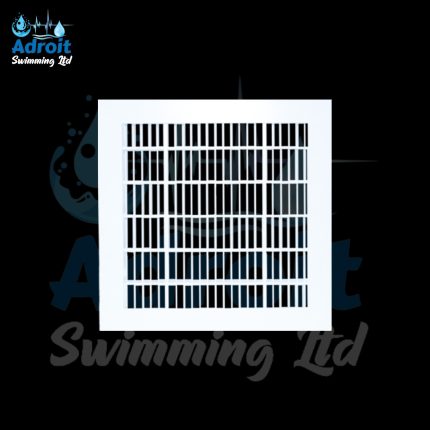
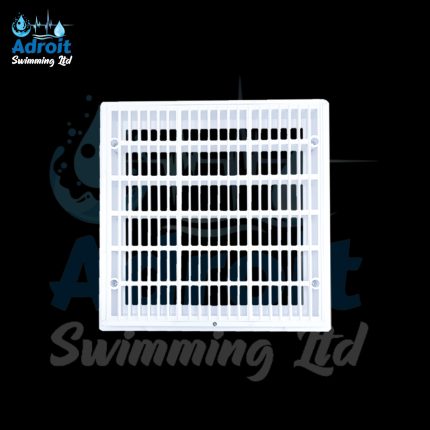
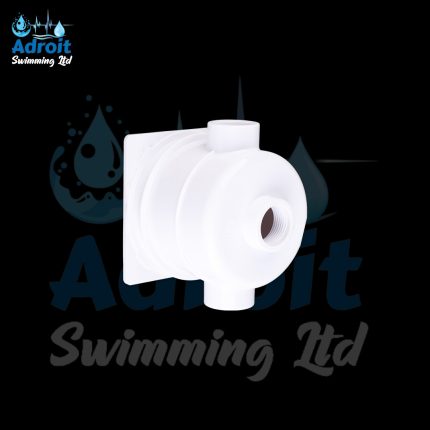
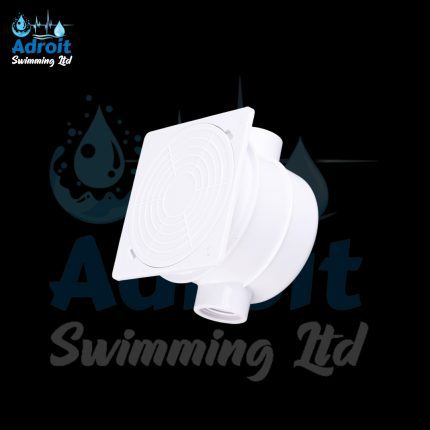

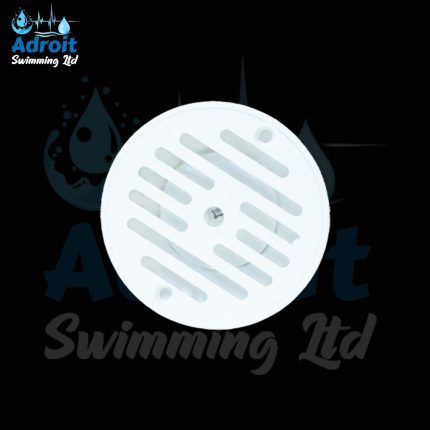

Reviews
There are no reviews yet.